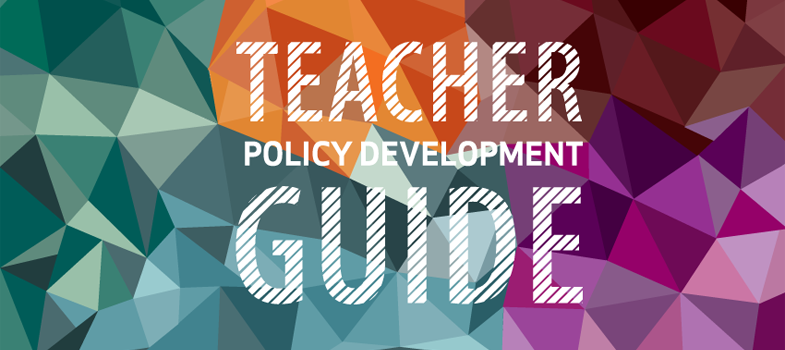Gender equality continued
BOX 2.4: LINKING TEACHER POLICY TO GENDER IN EDUCATION
Many countries include measures linking teacher policy to important gender imbalances that they wish to reduce or eliminate, most often to improve girls’ universal access to quality education. For example:
- Afghanistan, Interim Education Plan, 2011–2013: Improvements in girls’ enrolment and retention rates in school, reduction in gender and rural disparities and improvements in students’ learning achievements are to be monitored by the Education Management Information Systems (EMIS). An annual report also focuses on pupil–teacher ratios, student–classroom ratios, exam results and other data on learning achievements
- Kenya, Education Sector Support Programme 2005– 2010: Envisages teacher training for gender responsive, child centred and interactive teaching.
- Lao People’s Democratic Republic, Education Sector Development Framework 2009–2015, Teacher Education Strategy 2006–2015 and the National Education Sector Reform Strategy: Foresee that the majority of new teacher education graduates are to be posted to underserved and remote areas to achieve gender and ethnic population parity. Related policies prioritize filling remote school vacancies with teachers with an ethnic language, notably through a quota system for recruiting and retaining good teachers in poor districts.
- Nigeria, Roadmap for the Nigerian Education Sector 2009: targets gender parity in teacher recruitment.
Gender Equality
